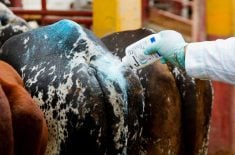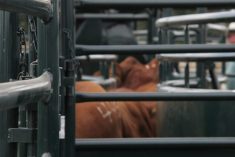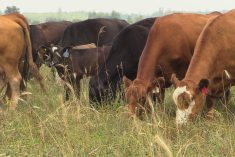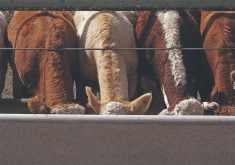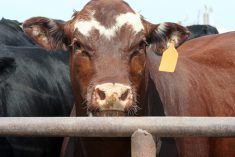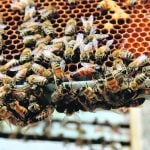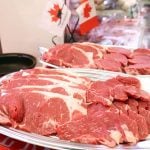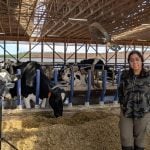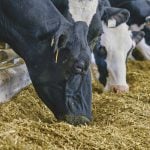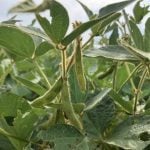Feeder cattle prices were steady to $1 higher in comparison to the previous week as stronger live cattle prices spilled over into local auction markets.
The beginning of the yearling run is always quite strong and this year is no different with renewed optimism in the feedlot sector. Live cattle futures are making new highs in the deferred months and with tighter feeder cattle supplies, the market is expected to trend higher into September.
The strength in corn is having a limited effect on feeder cattle, as many feedlots are using lower-priced dried distillers grains with solubles (DDGS).
Read Also
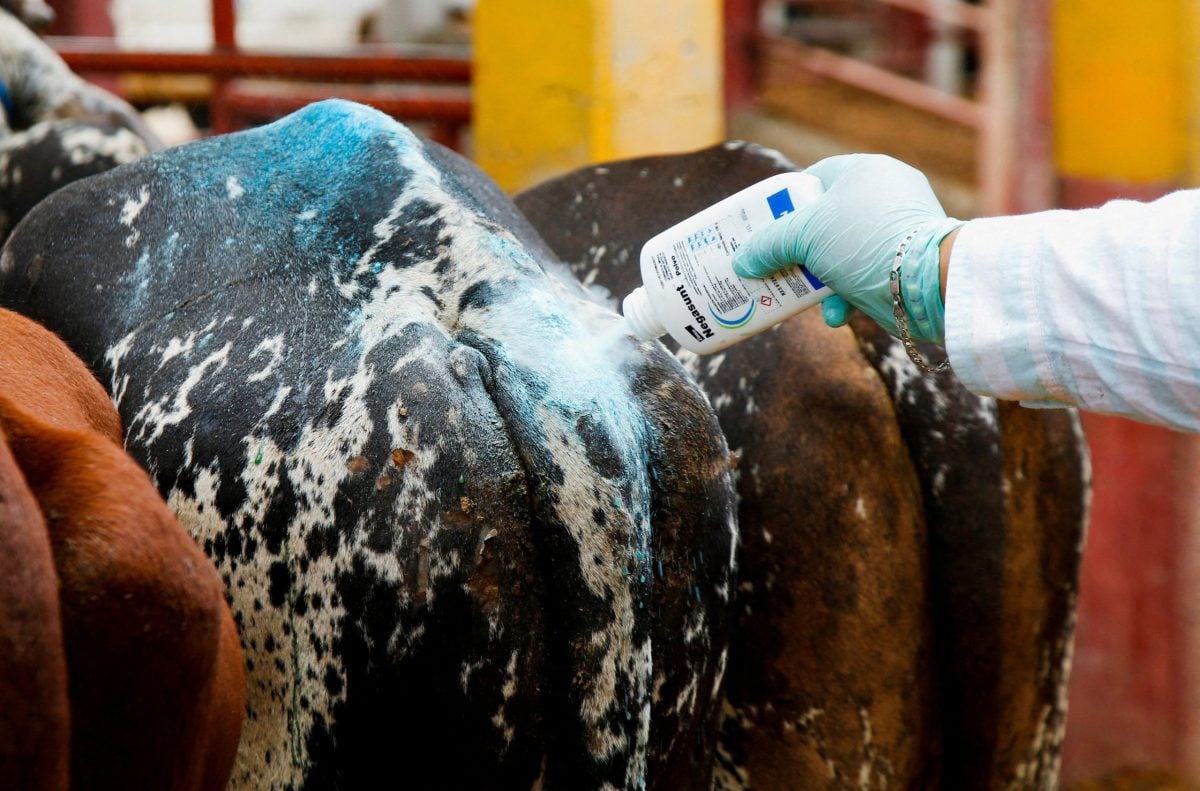
Mexico agriculture secretary says still no date for restarting cattle exports to U.S.
Mexican Agriculture Minister Julio Berdegue said on Wednesday that Mexico and the United States have not yet set a date to resume Mexican cattle exports amid an outbreak of the flesh-eating screwworm parasite.
There appears to be a broad-based commodity rally that started in late June in everything from cocoa to wheat to crude oil. While it is not as defined as the 2008 bubble, the characteristics are the same, as major markets trend higher and the U.S. dollar grinds lower.
Speculative funds have been active buyers in most commodities and the cattle complex has also benefited from this money flow. Equity markets have strengthened on positive earnings as U.S. interest rates stay at historical lows. These outside factors will continue to support feeder cattle throughout the fall period.
Lower U.S. interest rates make the greenback a lower-yielding currency, which is supportive for the equity markets and commodities in general.
At the same time, the Dow Jones Industrial Average (DJIA) and commodities are very highly correlated. Cow-calf producers can’t ignore these strong inter-market relationships as they provide a guideline for future market direction and speculative investment money flow.
— Jerry Klassen is a commodity market analyst in Winnipeg and maintains an interest in the family feedlot in southern Alberta. He writes an in-depth biweekly commentary, Canadian Feedlot and Cattle Market Analysis, for feedlot operators in Canada. He can be reached by email at [email protected] or 204-287-8268 for questions or comments.
The material contained herein is for information purposes only and is not to be construed as an offer for the sale or purchase of securities, options and/or futures or futures options contracts. While the information in this publication cannot be guaranteed, it was obtained from sources believed to be reliable. The risk of loss in futures trading can be substantial. The article is an opinion only and may not be accurate about market direction in the future. Do not use this information to make buying or selling decision because adverse consequences may occur. This information may be wrong and may not be correct about current market conditions in all areas of Canada. This is an opinion only and not based on verified facts.



